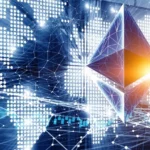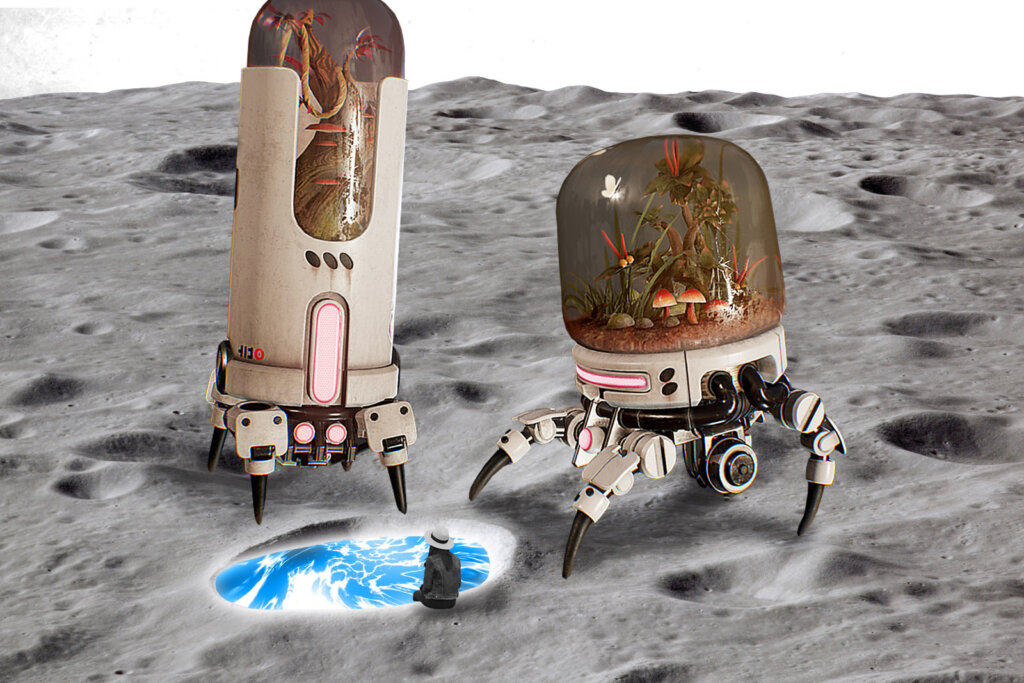The IEEE Computer Society (IEEE CS) has unveiled its annual Technology Predictions, addressing the long-lasting influence of the pandemic on tech advancements, as well as introducing new fundamentals and anticipated trends shaping the industry for 2022 and beyond.
"We've experienced many accelerated technological advances due to circumstances surrounding the continuing impact of the pandemic,"
said William D. Gropp, IEEE CS president.
"With the 2022 Technology Predictions from the Computer Society, we share our insights on the future of computing research and technology and the impact these advances will have on society."
No one can say with 100% certainty what path the future of tech will take, but IEEE CS experts in the field offer useful insights and predictions into some of the most influential possibilities. Highlights include:
- The top three tech trends that are anticipated to dominate in 2022 are datacentric AI, remote medicine, and health, safety, and wearable biomedical technologies.
- Converging technologies increasingly play crucial roles in disruption and are becoming essential for our survival.
- Predicting technologies helps address pandemic impacts and concerns; it goes well beyond hypothetical exercise.
“The long-term impact of the pandemic ensued the rapid acceleration of digital transformation in industry, academia, and private life,” said Dejan Milojicic, Hewlett Packard Enterprise Distinguished Technologist and former IEEE CS president (2014). “Disruption of technologies has advanced at an unprecedented pace and has increasingly played a crucial role across a wide spectrum of influence, becoming essential for survival.”
The 2022 Technology Predictions provides a deep dive into each prediction with analysis of specific problems and current demands; the opportunities for the technology; the impact the technology will have on the public, products, services, and related technologies; and the sustainable solutions and business opportunities that it could potentially inhibit and/or enable.
The top 16 technology trends predicted to reach adoption in 2022 are:
- Datacentric AI: There is an increased demand to make data available everywhere and an increased focus on datacentric machine learning.
- Remote Medicine: Remote medicine will enable patients to obtain remote medical assistance and physicians to perform procedures and consult with remote experts.
- Health, Safety, and Wearable Biomedical Technologies: These are small electronic, wireless, and autonomous devices that capture, analyze, and aggregate biofeedback or other sensory physiological functions related to health, well-being, and fitness and that can be worn on the human body (or in the human body with versions such as micro-chips or smart tattoos.)
- Cybersecurity of Critical Infrastructure and Medical/Biological Supply Chains: This means securing digital vulnerabilities in our critical infrastructure, data, and medical resources.
- Convergence of HPC/AI/HPDA Delivered on Heterogeneous Hardware & Serverless: Heterogeneity continues to emerge to overcome the end of Moore’s Law, and serverless continues the evolution of finer-grain and higher-level abstraction of virtualization from bare metal to virtual machines to containers, and now Functions as a Service (FaaS).
- AI at the Edge: This trend involves distributed federated learning with the support of the cloud; real use cases are available.
- Applications of Additive Manufacturing in Healthcare: This includes 3D printing parts and components for existing or new healthcare solutions, such as prosthetics, personal protective equipment, customized surgical equipment, parts for patient sample collection, and safer implants and ingestible devices.
- Safety, Reliability, and Resilience for Intelligent Autonomous Systems: Fueled by the pandemic, substantial growth in autonomous systems (vehicles and robots) will further improve the reliability and safety of such autonomous systems.
- Digital Twins in Manufacturing and Industrial Metaverse: Integration of the IoT, 5G, AI, and XR will create a blended reality experience where simulation and reality overlap.
- Trustworthy AI: In addition to performance, AI/ML developers will start focusing on explainable and trustworthy tools, code, and hardware.
- Disinformation Detection and Correction: Critical importance of having accurate information will trigger techniques to determine disinformation in politics, business, and social media.
- Commoditization of Space Technology: More companies are sending technology to space, and the barriers to entry are decreasing rapidly.
- Low-Code/No-Code Programming Techniques: The wide adoption of computer systems in almost every facet of our life requires some degree of programming, but not everyone is skilled or even aware of programming languages and environments. Low-code/no-code enables novice users to achieve their programming needs without being skilled in programming.
- Non-Fungible Tokens (NFTs): Blockchain technology can be used for authentication and ownership of digital assets and potentially for a new type of virtualization of the ownership of physical things.
- Next-Generation Remote Presence (“Metaverse”): Incremental progress in existing VR/AR technologies, as well as new technologies involving senses beyond audiovisual, are driving better and better immersion.
- Confidential Computing: This refers to privacy-enhanced and secure computing delivered through a hybrid cloud model.










